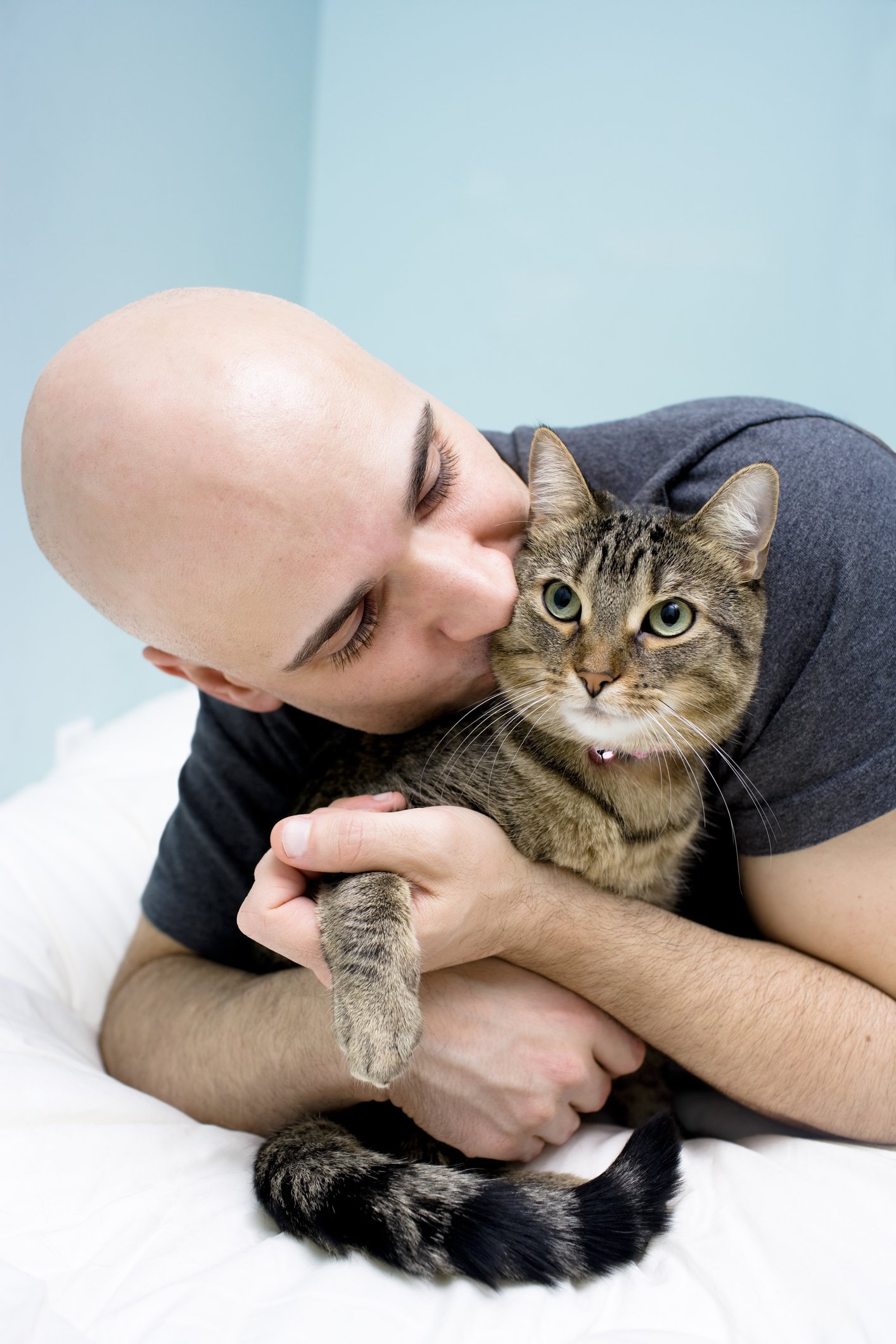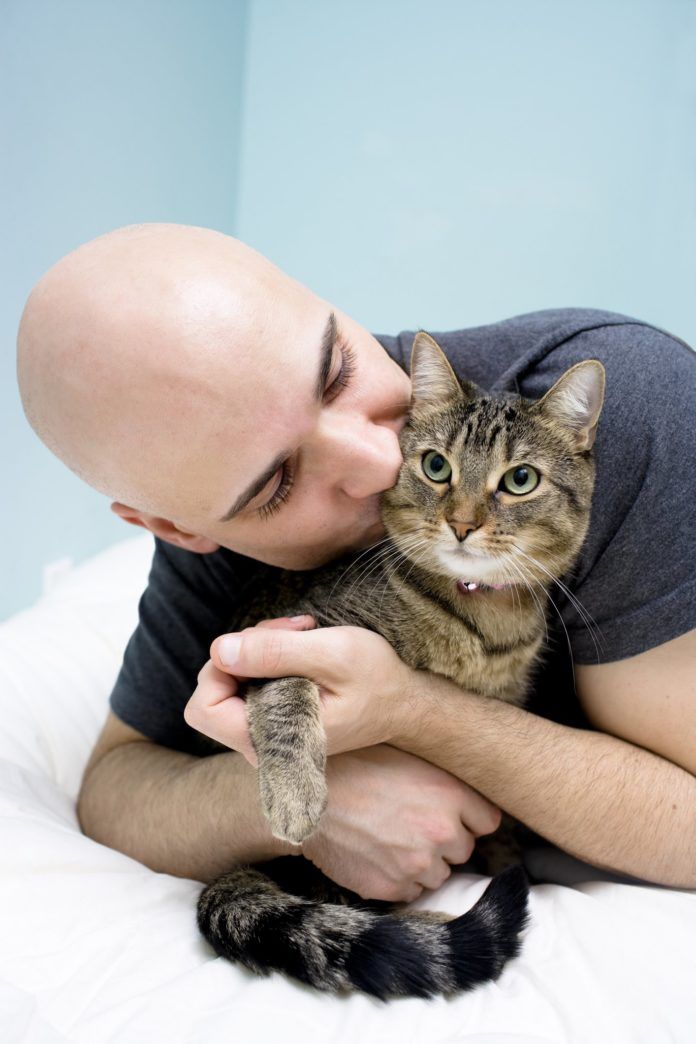@ michellegibson/Getty Images

There’s an abundance of kittens right now. Go visit the local shelter and have a look. Or peruse Craigslist or other Internet sites and see how many unwanted litters are out there.
It seems that people who adopt cats love them or at least like them, for the most part. But there seems to be a major misconception about how feline reproduction works. So let’s go over the facts in case you need to educate a friend or a well-meaning neighbor and need a little moral support.
Myth: It’s better for a female to have one litter before being spayed.
Dead wrong. Medical evidence indicates just the opposite.
Myth: I don’t want my male cat to feel like less of a male.
The truth is that pets don’t have any concept of sexual identity or ego. Neutering will not change a pet’s basic personality. It will cut down on the urge to spray urine and roam to find a receptive mate.
Myth: But my pet is a purebred.
The reality is that one out of four pets brought to shelters is a purebred, according to the ASPCA. And about half of all animals entering shelters will ultimately be euthanized.
Myth: It’s expensive to have my pet spayed or neutered.
There are actually many low-cost options for spay/neuter services throughout the country. Most regions of the U.S. have at least one spay/neuter clinic within driving distance that costs less than $100. Some veterinary clinics provide discounts to pet owners in need. Call your local shelter if you or someone you know needs help finding an appropriate solution.
Myth: I’ll be able to find good homes for all the kittens.
Actually, rehoming kittens and cats properly is harder than you’d think. And while you can control the decisions you make with your pets, can you be certain that the neighbors or absent-minded Aunt Tilly will get the kittens spayed/neutered when the time comes?
Myth: My pet will become fat and lazy.
Reality: Most pets that get fat and lazy are the result of owners who feed them too much and don’t provide enough exercise! Read our article about “play therapy” on page 6 of this issue to understand the many benefits of regular, interactive play sessions. It can make a big difference in the lives of elderly, sedentary and obese cats — but you have to make it happen!




